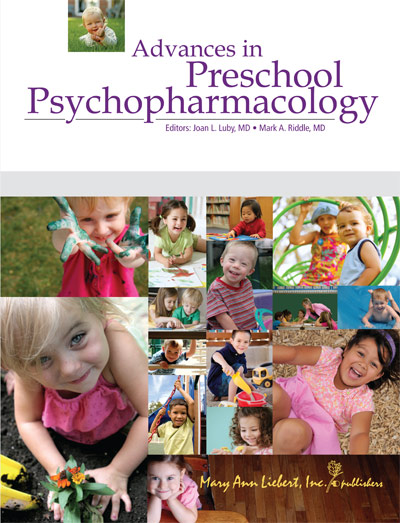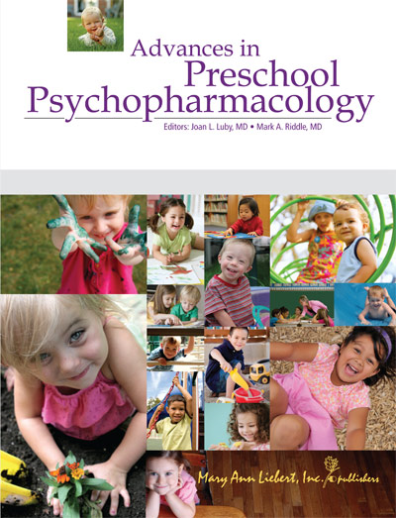About This Book
An important book with information to optimize the treatment of preschool children
Advances in Preschool Psychopharmacology provides psychiatrists and other physicians with an up-to-date resource to meet the challenges of treating the disorders of preschool children. The question of if, when, and how to prescribe psychopharmacologic agents to preschool children has become an increasingly pressing and contentious public health issue over the last decade. This volume provides clinicians with an up-to-date collection of psychopharmacologic treatment studies and related case descriptions of serious mental disorders in preschool children.
Topics and challenges covered include:
- balancing concerns about risk to the developing brain
- off-label prescribing and the absence of sufficient empirical data to fully inform treatment decisions
- the need to ameliorate the significant symptoms and impairments that preschool patients with serious mental disorders may manifest
Advances in Preschool Psychopharmacology demonstrates significant progress in several areas including the treatment of ADHD and Autistic Spectrum Disorders. Additionally, the studies provide direction to clinicians on making informed decisions about when to treat and how to monitor adverse effects in young children being treated with psychopharmacologic therapies. While this book is an important clinical tool providing an up-to-date account of the state of the empirical database on preschool psychopharmacology, it also serves as a testament to the need for further research.
Available in Hardcopy and e-Book!
LiebertPub.com e-Books are fully searchable, with reference linking, fully printable pages and chapters, and our user-friendly ‘PDF-plus’ technology, ensuring rapid download times using Acrobat Reader. An institutional site license is ideal for libraries and institutions. The e-book provides the fully searchable content to an unlimited number of readers through a site-wide subscription license.

